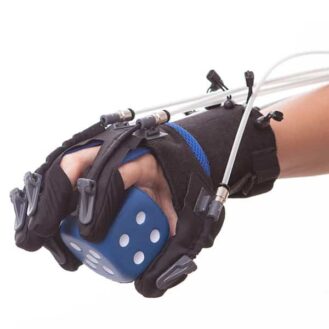A hyperbaric chamber allows one or more patients to be placed in an atmosphere where the pressure is higher than atmospheric pressure. This overpressure, which leads to a higher oxygen concentration, has many therapeutic applications.

A hyperbaric chamber allows one or more patients to be placed in an atmosphere where the pressure is higher than atmospheric pressure. This overpressure, which leads to a higher oxygen concentration, has many therapeutic applications.
A hyperbaric chamber increases the amount of oxygen dissolved in the blood and tissue, including in poorly vascularized areas. It can be used to oxygenate damaged tissues or to reduce the proliferation of certain bacteria that only grow in an oxygen-deficient environment.
Some therapeutic applications of a hyperbaric chamber include treating decompression sickness, skin injuries, burns and carbon monoxide poisoning as well as post-radiotherapy treatment.
The main therapeutic applications:
There are different confirguations available for hyperbaric chambers: fixed, on casters, inflatable and containerized.
There are two types of risks: technical infrastructure risks and biological risks to the patient.
Animals, like humans, can receive hyperbaric treatment in hyperbaric chambers. The main animals treated with hyperbaric oxygenation are pets (i.e. dogs, cats) and livestock (i.e. horses).
Different chambers can be used for animals. Some clinics choose to use the same chambers as for humans, while others use specially designed animal chambers. There are also hyperbaric chamber models for oxygen treatment of large animals, such as horses and camels. In these cases the animal breathes oxygen through a mask, making it safer and cheaper. In some cases, the animal, such as a cat, can be placed in an acrylic cage which is then placed inside the hyperbaric chamber. This prevents the animal from wandering around in the chamber and allows, if necessary, two caged animals to be treated simultaneously.
Veterinary applications are similar to those used for humans, excluding decompression sickness etc. This includes wound healing; infection and burn treatment; carbon monoxide poisoning; envenomation, etc.


